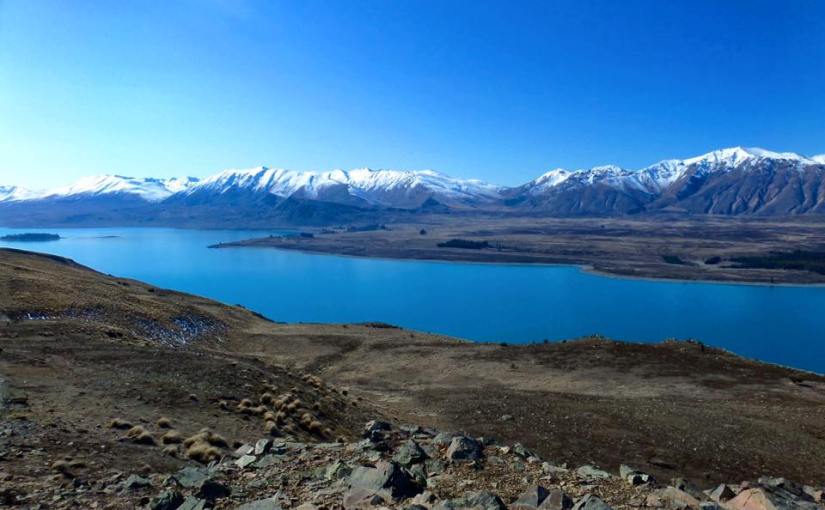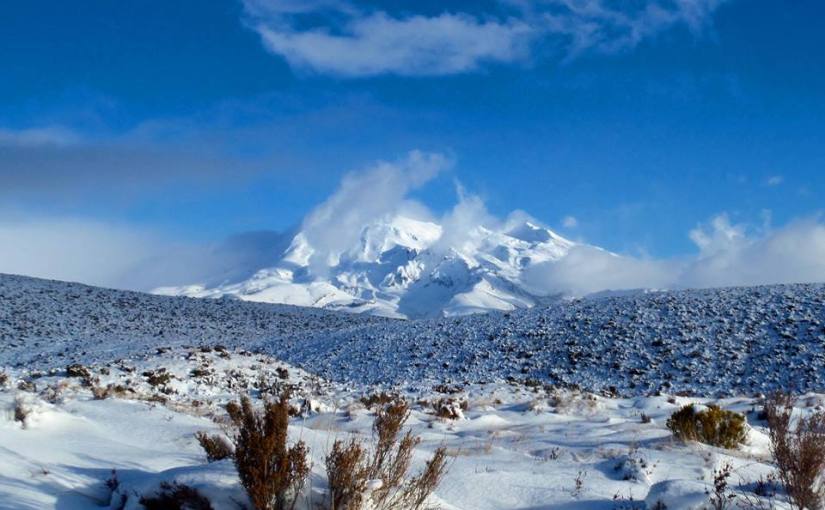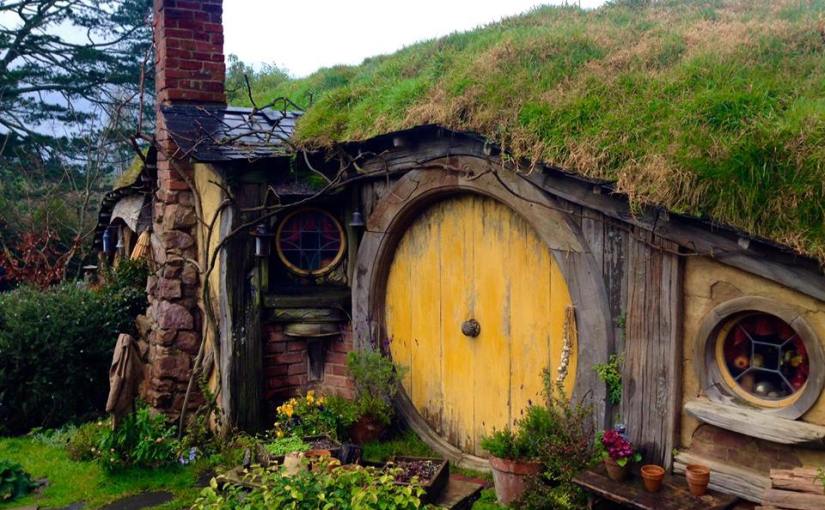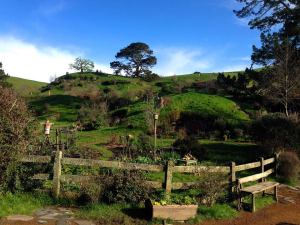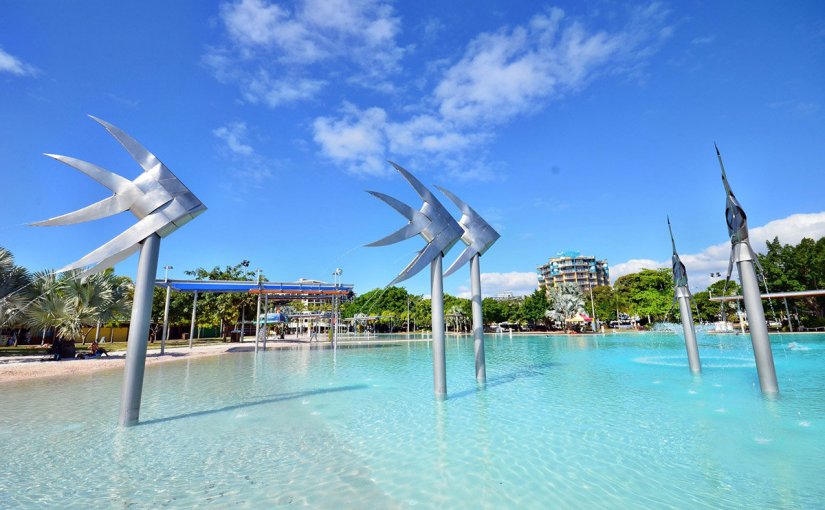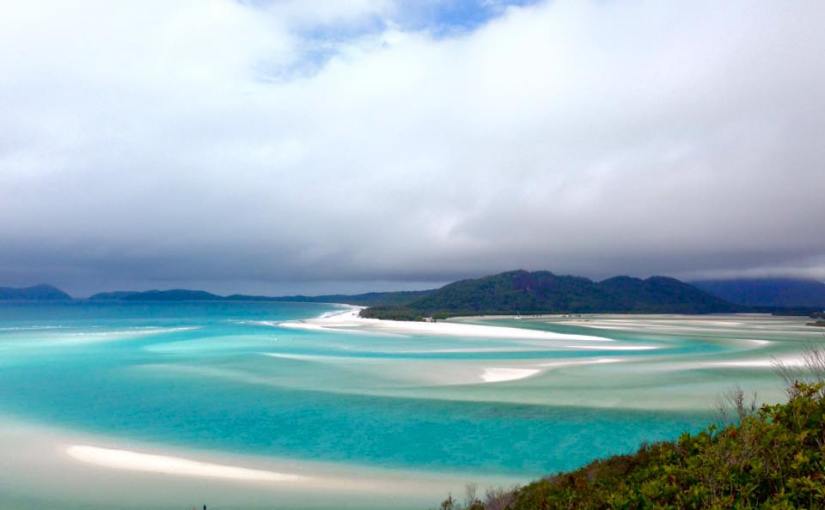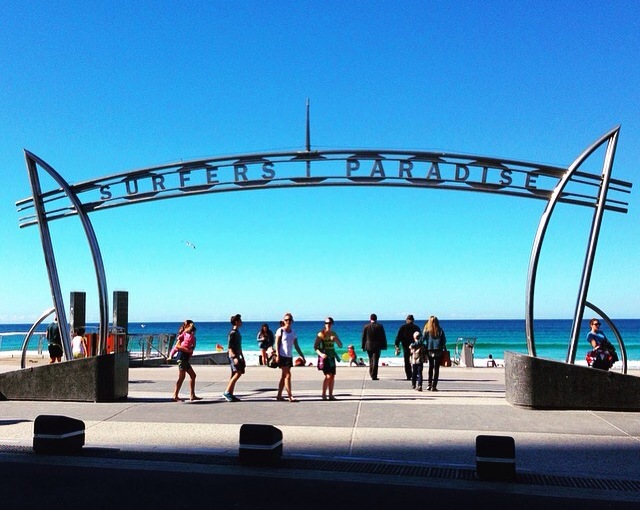From the moment we stepped off the bus, Tekapo took our breath away. Set against a backdrop of snow-capped mountains and pine forests, all mirrored in a sparkling turquoise lake, you couldn’t picture a more quintessentially Kiwi town if you tried. Of course, the beautiful alpine scenery attracts a regular flow of visitors, but you wouldn’t know that from looking around. The town appears relatively untouched by tourism, sporting a single strip of shops consisting of a supermarket, a fuel station, and several cafes and restaurants.
The further south we travelled, the more we began to feel the cold creeping up on us, but thankfully our hostel was the perfect winter warmer. The beds were heaped with enough blankets to supply an arctic survival mission, and the common area was continually fed by a roaring log burner. A pleasant change of pace, the guys at Tailor Made Tekapo Backpackers had chosen to shun the standard bunk bed system, instead kitting the dorm out with rows of single beds. The result was that it felt like having a giant sleepover. Only with strangers. Who snore. We were even treated to individual bedside tables, lamps and plug sockets, a rare luxury! Unfortunately, despite all it’s redeeming qualities, the hostel did have one major flaw: the wifi. We tried our best to stifle our groans as the receptionist informed us that our free allocation was 100mb a day, after which an additionall 500mb could be purchased for just $2. Now, considering most mobile phone contracts include 1gb of data per month, this sounds like a fair deal. However, we had already experienced this particular wireless provider, Zappie, so we knew what to expect (or not expect!) 100mb, as we later proved, lasted a mere 10 minutes. 20 at a push, if you avoid videos, and sending media. In short, it was totally pointless. At first we were a little lost, wandering around contemplating how to fill our technology free evenings. After all, in 2015 internet is prioritised among the most basic of commodities like water and oxygen. Luckily we discovered the hostel’s collection of board games, which ended up entertaining us for the majority of our stay. What started as one casual game of Monopoly escalated into a ferociously competitive tournament, spanning the three evenings we were in Tekapo.
If you’re a regular follower of our blog, you’ll know that prior to our arrival in Tekapo I had been placed on antibiotics for a severely swollen ankle, and instructed to rest it for the next two days. This presented no issue for our first day, which was spent settling in, unpacking and getting groceries. However, the weather forecast for our second day was sun, sun and more sun. Ideal conditions to take the 3 hour round trip up to the summit of Mount John, which provides panoramic views of Lake Tekapo and the many mountain ranges in the distance. After being forced to forgo the peninsular walk in Kaikoura, I was determined not to miss out on any more. The swelling was already subsiding, and the pain was gone, which was enough of a green light for me! Steep but otherwise easygoing, I managed to complete the walk without avoiding further injury. The views were incredible, and we indulged in a treat at the (strategically placed) summit cafe, making it well worth the walk. Mount John was just one of many walks available in Tekapo, of which Josh decided to explore more of on our second day. Not wanting to push my luck I decided to be sensible, and spend the day resting my foot, which turned out to be a wise decision. Sat in front of the fireplace, warm and dry, I couldn’t help but feel slightly smug when I heard the first raindrops hitting the window pane. Sorry Josh!
Once the scenery had been explored there was just one more thing to tick off our list: stargazing. Having recently been awarded the status of UNESCO dark-sky reserve, Tekapo is widely considered to be one of the best stargazing spots on the planet. Gloves, hats and scarves donned and torches in hand, we made our way out into the night and down to the lakefront. It’s no secret that the best stargazing spot is atop Mount John, where an observatory has been established by Canterbury University. But, frankly, it was cold and dark, and we didn’t fancy paying $129 for an official stargazing tour, so we made do. We were too close to town to avoid the light pollution, but it was a beautiful sight nonetheless, rivalled only by the incredible sky we had witnessed on Fraser Island.
With that we had pretty much exhausted all of the things to do in Tekapo, and were looking forward to our next adventure (and unlimited wifi!) So when we awoke on the morning of our departure, we were understandably horrified by the scene that greeted us:
Normally waking up to snow is a cause for excitement, as we pray that our schools/workplaces are closed for the day. However, in the middle of New Zealand’s winter snow only spells one thing: road closures and transport cancellations. In a tiny town with little to do and no free internet, the last thing we wanted was to be stranded for an extra day and night. Our bus wasn’t scheduled to depart until 1:40pm, so we spent the morning nervously watching from the window, muttering silent prayers for the snow to subside. And it seemed that someone heard us, because by some divine miracle it did indeed stop. By the time we made our way down to the bus stop the roads were clear, and the sun was well on it’s way to reducing the snow to a mess of grey slush. Close call!
